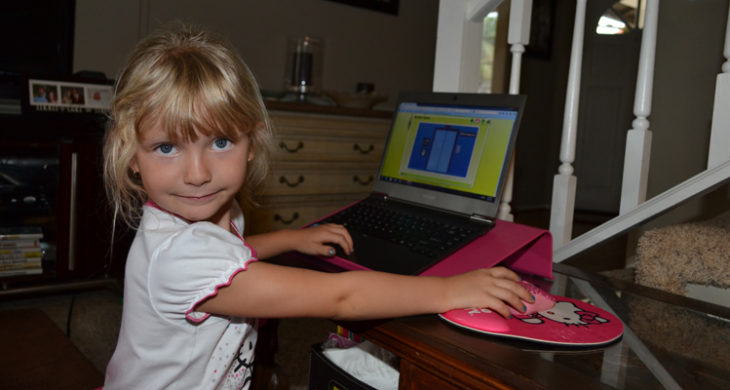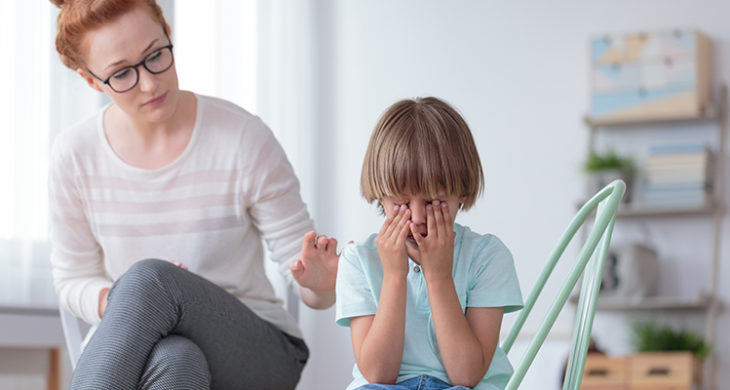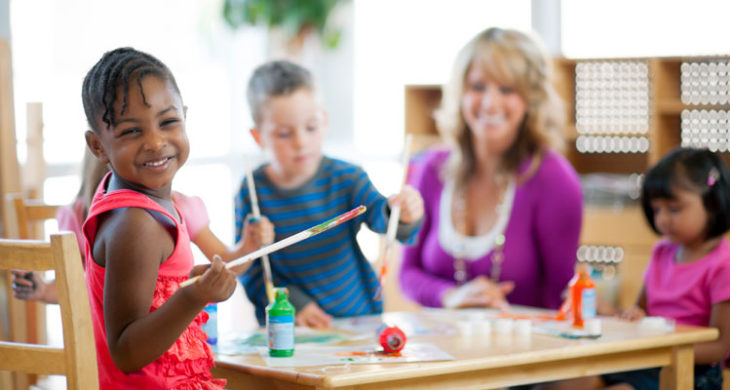From texting to social media to chat apps, technology has altered the way adults and kids communicate. Texting has replaced phone calls as the most common communication method for kids.
And these changes are now reflected in classrooms across the country. While many schools ban the use of smartphones, most provide students with access to computers. As more and more schools are equipping their classes with laptops—often with Chromebooks—students are finding ways to communicate with each other digitally. Years ago, kids used to pass notes across their desks, they now communicate via a chat app.
Teens Prefer to Communicate Digitally
A study conducted by Common Sense Media reported that by the age of 11, 53 percent of children own their own smartphone—and by age 12, this number rises to more than 69 percent.
Based on their familiarity with digital platforms, it is no surprise that at least half of teens surveyed said they feel more confident expressing themselves via text or social media in comparison to a face-to-face conversation, determined from a study conducted by Vodafone UK.
“The digital world is often painted as a picture of doom and gloom,” Cindy Rose, consumer director of Vodafone UK, told The Telegraph, “but this research tells us quite a different story.” In fact, 75 percent of the kids surveyed said that “their relationship with their families is closer because of their phones.”
Now it seems, students are taking this digital communication into the classroom, whether or not their teachers are aware of it.
Passing Notes Digitally
As educators implement new teaching methods, technology continues to support the education system, improving accessibility to various tools and resources. For example, it is now very common for schools to use laptops in the classroom.
Before laptops became a common learning tool, students relied on pen and paper note-taking. And to communicate in class, the only option was to pass physical notes, which was accomplished when a teacher’s back was turned.
Today, it’s even easier to pass notes to other students.
Communicating with Google Docs Chat App
Since phones are typically banned in the classroom and social media sites are often blocked, students have become inventive, using a school-sanctioned collaborative tool to communicate with their classmates. Google Docs is currently one of the most popular chat apps for students. Using this application as a means to send notes, students are able to chat based on unique features.
It is the intention of teachers to enhance their students’ learning experience by providing interactive ways for them to follow lessons, and to help them complete collaborative exercises. However, many students admit that they are also using this app to chat.
There are three main ways in which they do so:
- Live-chat function — This option does not open by default, and as a result, many teachers are unaware that it even exists.
- By cloning a shared document — If a teacher prepares a document, students will clone it so that it appears that they’re simply taking notes. Once they highlight keywords, they can add comments (which is generally intended for editing purposes) and chat with one another. If they gain the attention of their teacher, they can click “resolve” and the thread will instantly disappear.
- Creating a shared document — If a teacher does not provide a shared collaborative document, students can simply create their own, writing in their own designated font with their classmates.
Although this may seem worrisome to parents and teachers, and of course students should not be chatting when they should be listening in class, there are still many advantages to in-class laptop use, and online learning in general. For example, laptops can facilitate more effective teacher–student interactions, as well as in-class participation, which supports greater active learning and engagement.
Like anything technology-based, especially in relation to education, the goal is to balance technology use. As educators and parents continue to debate this topic, it is critical that teachers become aware of how their students are using everyday in-class apps, promoting an active yet productive learning environment.
Interestingly, this increase in communicating digitally during the school day and an increased reliance on technology, results in more commonality between online learners and students in brick-and-mortar schools. Blended schools—programs that blend online education with onsite teacher instruction—create even more of an overlap between these education options. So, as technology continues to change the landscape of education, families have the freedom to choose the type of learning that works best for them without fear that their student’s experience will differ too much from their peers. For more information about online learning, visit K12.com.
,










